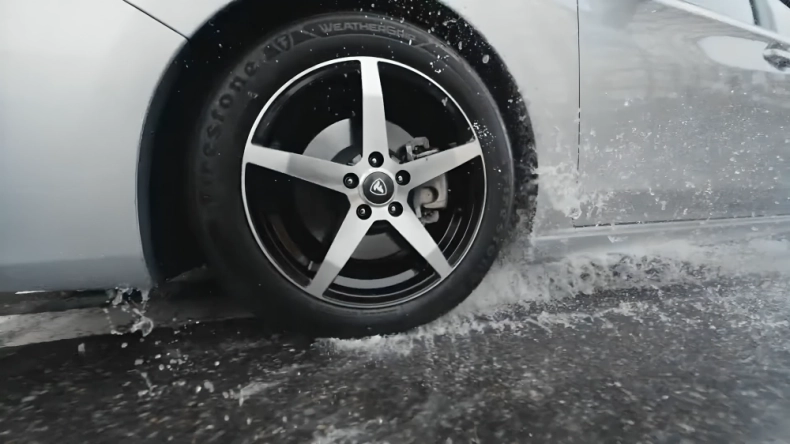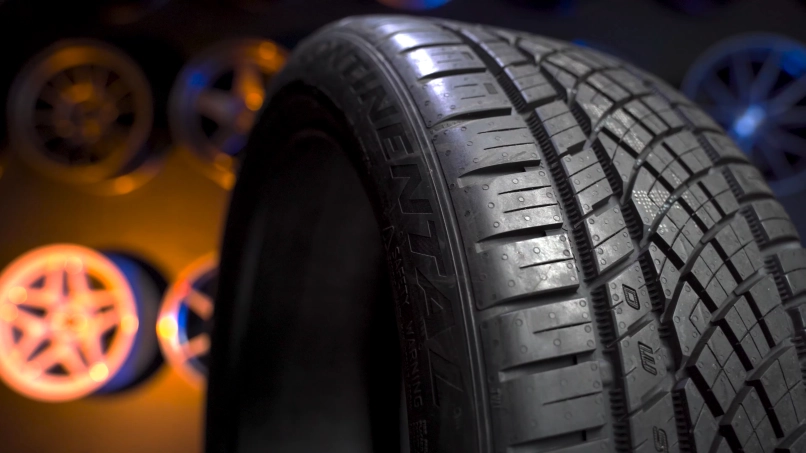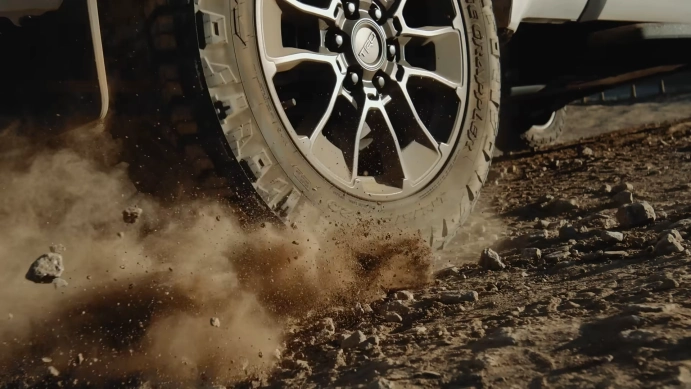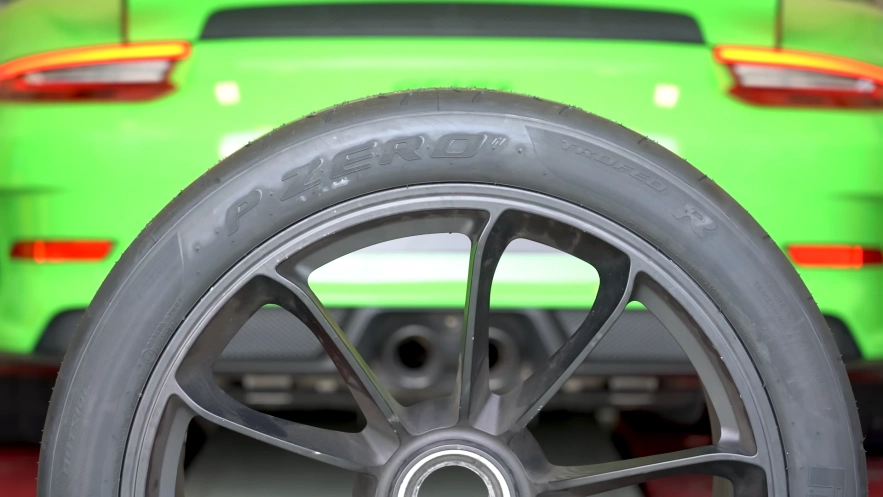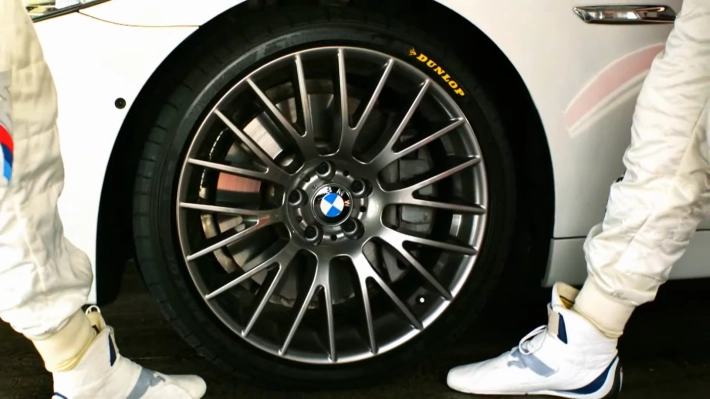Imagine cruising down the highway, knowing your tires are performing at their best with minimal maintenance. This is the promise that has fueled the growing trend of nitrogen inflation for car tires. You might have heard claims of extended tire life, enhanced fuel efficiency, and more consistent performance. But does nitrogen truly live up to the hype, or is it just another automotive fad?
In this article, we will delve into the science behind nitrogen inflation and address the critical question: Why should you consider filling your tires with nitrogen instead of regular air? By examining the benefits and potential drawbacks, we’ll help you make an informed decision tailored to your driving needs.
Whether you’re a seasoned car enthusiast or just someone who wants to ensure their vehicle is in top shape, join us as we explore everything you need to know about nitrogen in car tires. Let’s unravel the facts and myths together, ensuring you drive away with clarity and confidence. Ready to dive in?
| According to the NHTSA report, nitrogen does not escape as quickly as regular air. Therefore, it can be used in tires over standard air. However, some tire or vehicle manufacturers may not recommend nitrogen air over typical air. So, it’s better to refer to the owner’s manual of your vehicle before. |
Related Guide: How Much Air Should I Put in My Tire?
Benefits of Nitrogen in Car Tires
1. Reduced Tire Pressure Loss
Nitrogen molecules are larger than oxygen molecules found in regular air. This means nitrogen-filled tires experience slower pressure loss over time, keeping tire pressure stable for longer durations.
2. Better Tire Pressure Maintenance
With more stable tire pressure, vehicles equipped with nitrogen-filled tires may experience improved fuel efficiency. Properly inflated tires reduce rolling resistance, which can translate to better gas mileage.
3. Enhanced Tire Longevity
Nitrogen can potentially slow down oxidation and corrosion within the tire, which may extend tire life compared to tires filled with regular air. This benefit is particularly noticeable in extreme temperatures and climates.
4. Consistent Performance
Nitrogen inflation reduces the variation in tire pressure due to temperature changes, providing more consistent performance in different driving conditions.
Related Guide: How to Inflate Car Tires?
Drawbacks of Nitrogen in Car Tires
1. Cost Consideration
Nitrogen inflation typically costs more than filling tires with regular air. While initial costs might be higher, some argue that the long-term benefits justify the investment.
2. Availability Issues
Finding a nitrogen filling station can be challenging compared to readily available air pumps. This limitation could be inconvenient, especially during emergencies or while traveling.
3. Minimal Practical Gains
While nitrogen offers benefits, the actual performance improvements in everyday driving conditions may be minimal for average drivers. Many standard vehicles may not see significant advantages over properly maintained tires filled with regular air.
When Not to Use Nitrogen in Car Tires?
While nitrogen inflation offers several benefits for car tires, there are specific situations where it may not be necessary or advantageous. Here are instances when using nitrogen in car tires might not be recommended:
1. Cost Concerns: If cost is a significant factor for you, nitrogen inflation may not be worthwhile. The initial cost of filling tires with nitrogen is typically higher than using regular air. If you’re on a tight budget and prioritize cost savings, sticking with standard airfills and regular tire maintenance could be more practical.
2. Limited Accessibility: Finding nitrogen filling stations can be challenging in some areas. If you frequently travel to remote locations or areas without readily available nitrogen stations, relying on nitrogen-filled tires may not be convenient. In emergencies or when immediate tire inflation is necessary, access to regular air pumps is generally more accessible.
3. Minimal Practical Benefits: For everyday drivers with standard vehicles and driving conditions, the practical benefits of nitrogen may not justify the additional cost and effort. While nitrogen can provide more stable tire pressure and potentially improve fuel efficiency, the actual performance gains in typical driving scenarios may be marginal and not noticeable to average drivers.
4. Irregular Tire Maintenance: Nitrogen-filled tires require consistent maintenance to reap the full benefits. If you’re not diligent about checking and maintaining tire pressure regularly, the advantages of nitrogen may diminish over time. Proper tire maintenance, regardless of inflation type, is crucial for safety and performance.
5. Performance in Extreme Conditions: In extreme temperature conditions, such as very high or very low temperatures, nitrogen may offer slight advantages in maintaining tire pressure stability. However, the difference in performance may not justify the extra cost for many drivers, especially if standard airfills are sufficient with proper tire care.
Final Thoughts: Is Nitrogen Right for Your Car?
Deciding whether to use nitrogen in your car tires depends on your priorities and driving habits. Nitrogen inflation offers tangible benefits, such as more stable tire pressure, potentially better fuel efficiency, and enhanced tire longevity. These advantages can be particularly appealing for drivers who prioritize optimal performance and are willing to invest in the initial costs and maintenance.
However, for many drivers, Regular air, when paired with diligent tire maintenance, often provides satisfactory results without the need for specialized inflation.
In conclusion, consider your priorities, budget, and access to nitrogen filling stations. If you find that the benefits align with your driving conditions and maintenance routine, nitrogen inflation could be a valuable addition to your tire care strategy. Otherwise, sticking with regular air and maintaining proper tire care practices will still keep you safely and efficiently on the road. Whatever you choose, informed decision-making will always lead to better driving experiences.



